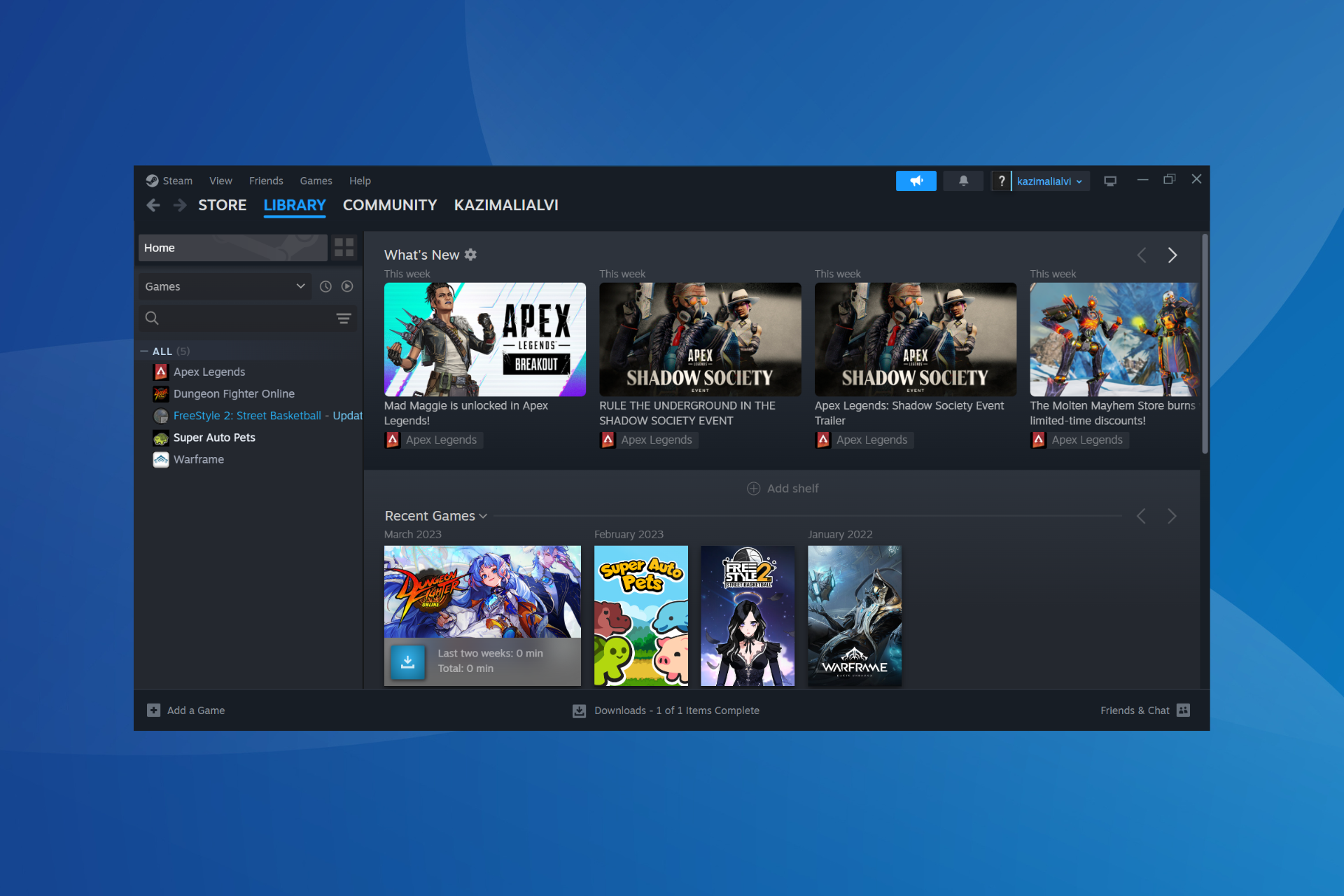Microsoft Teams gets the AV1 codec for crisp video screen sharing
The AV1 codec requires a significantly lower bandwidth
2 min. read
Published on
Read the affiliate disclosure page to find out how can you help Windows Report effortlessly and without spending any money. Read more

After Microsoft Teams received a design makeover, it now receives a well deserved improvement on how it encodes video in virtual meetings.
Up until now, Teams used the H.264 codec, which needs about 1.2 Mbps bandwidth for video broadcasting. Now, Microsoft introduced the AV1 codec to Teams, that only requires a 200 Kbps bandwidth for screen sharing which is a 63% lower.
That means you will be able to experience sharp visual and fluid motion if you have a poor internet connection.
What is the AV1 codec bringing for your organization?
We also need to look at the broader picture. This is not only about you having a video meeting in the middle of nowhere while having a weak connection.
The lower bandwidth requirements also prevent potential network congestions inside the local network of your organization. That translates into lower server load and, finally, to lower costs.
According to Microsoft’s announcement, this move will also impact energy consumption and reduce the carbon footprint of the organization.
However, obviously, the major benefit in adopting the AV1 codec is the improvement of the technical conditions of the video communication channel.
We can’t help to wonder why it took Microsoft so long to make this happen. Apple included the AV1 codec capability to the A17 Pro chip for iPhone 15 Pro and Pro Max since September, last year. In the same way, Google included the AV1 decoding capability in its Tensor G3 SoC chip.
The bottom line is that the AV1 codec and decoding is perfect for streaming and video transmissions and it will soon be available for all the video capable devices.
How do you feel about Teams using the AV1 video codec? Let’s talk about that in the comments section below.








